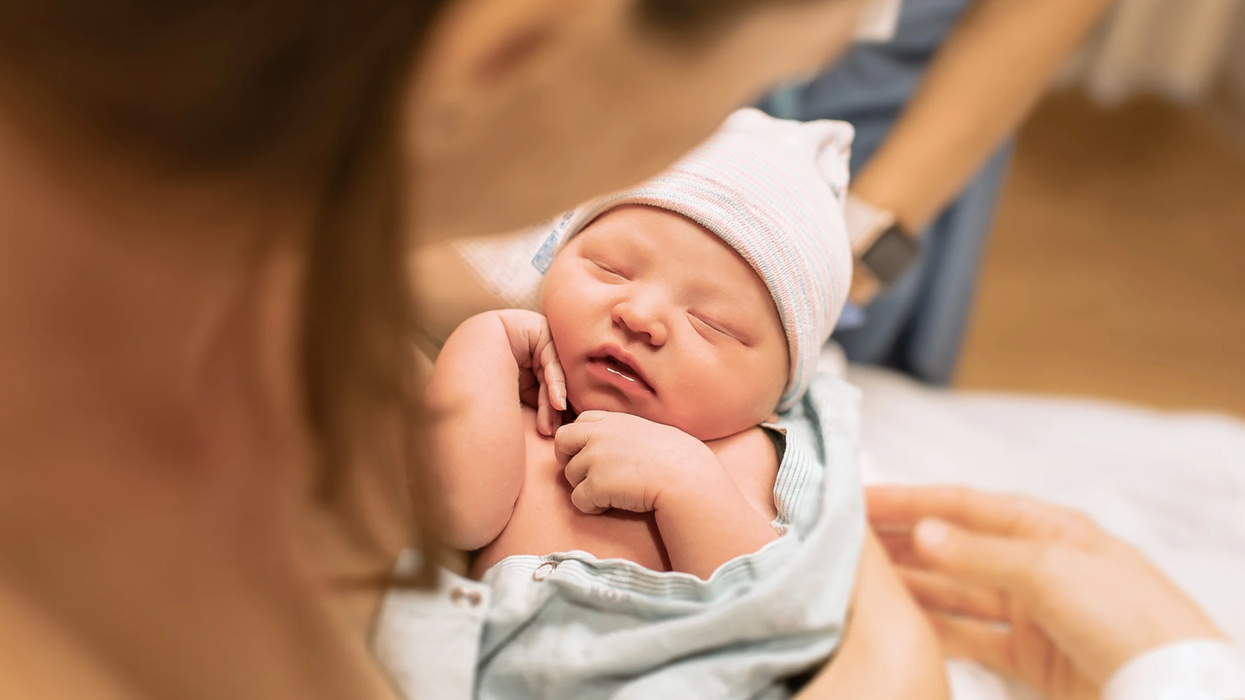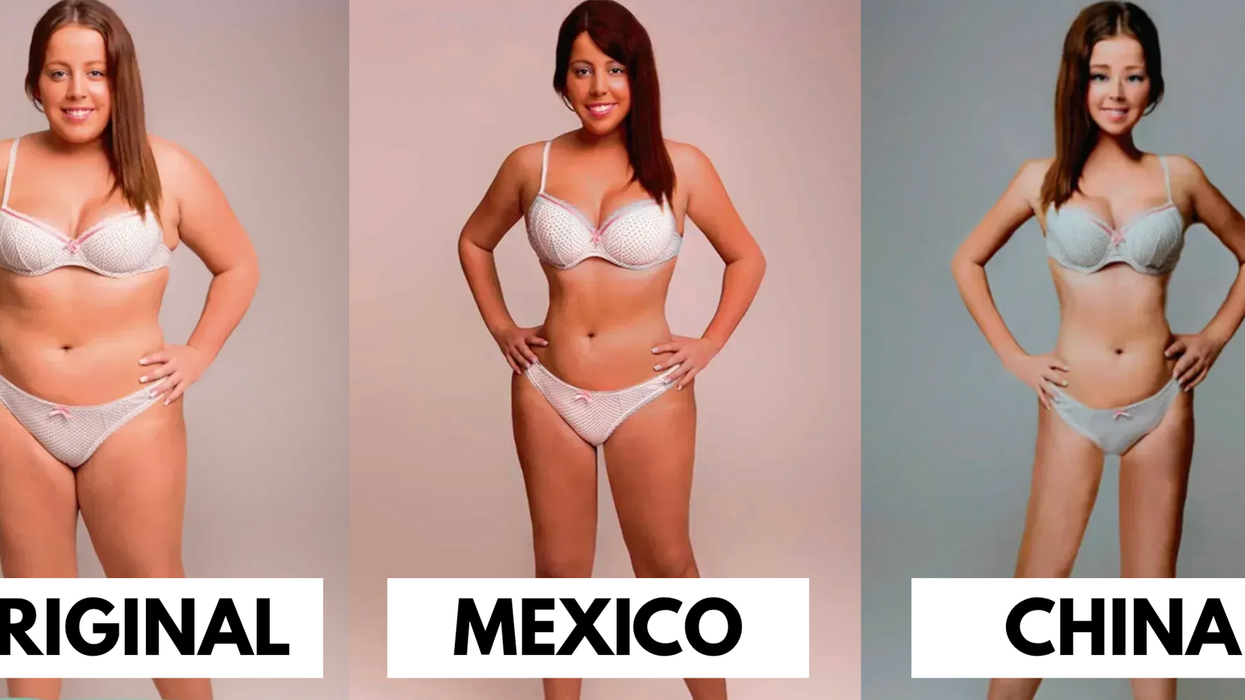Sammy Jobbins Wells’s “Skin” project is like something out of a futuristic Project Runway challenge, featuring an angular, wearable object fashioned out of textiles grown from live bacteria colonies—a DIY microbial statement piece, if you will. It’s like a space-age sun visor connected to an oversized geometric belt, creating a single structure that Wells says was inspired by animal bone corsets of the 17th and 18th centuries.
The self-described “tinkerer” creates the makeshift fabric by cultivating acetobacter xylinum, a bacterial strain that produces a cellulose material as it consumes glucose. This cellulose by-product, which resembles gloppy, yellow-brown seaweed during the harvesting stage, dries into a hard, translucent layer that’s reminiscent of human skin. The exact shape of the “Skin” structure develops when Wells drapes the cellulose material (which continues to contract and take shape) over 3D printed forms created with architectural software.
This all may sound like a strange science project, but Wells' experiments with biotechnology within digital fabrication are part of her digital media studies at the University of the Arts, Bremen Germany. In its infancy state, Wells says, digital fabrication hasn't seemed much concerned with the unsustainable materials used in rapid prototyping processes. To address this oversight, Wells has developed her cellulose material to be entirely sustainable, as the production involves zero external energy input to be developed by the bacteria colonies.
Wells’s creation might be a bit much for a casual trip to the grocery store, but the biomaterial experimentation bodes well for the future of textile innovation—at least some of us are thinking ahead.















 Otis knew before they did.
Otis knew before they did.